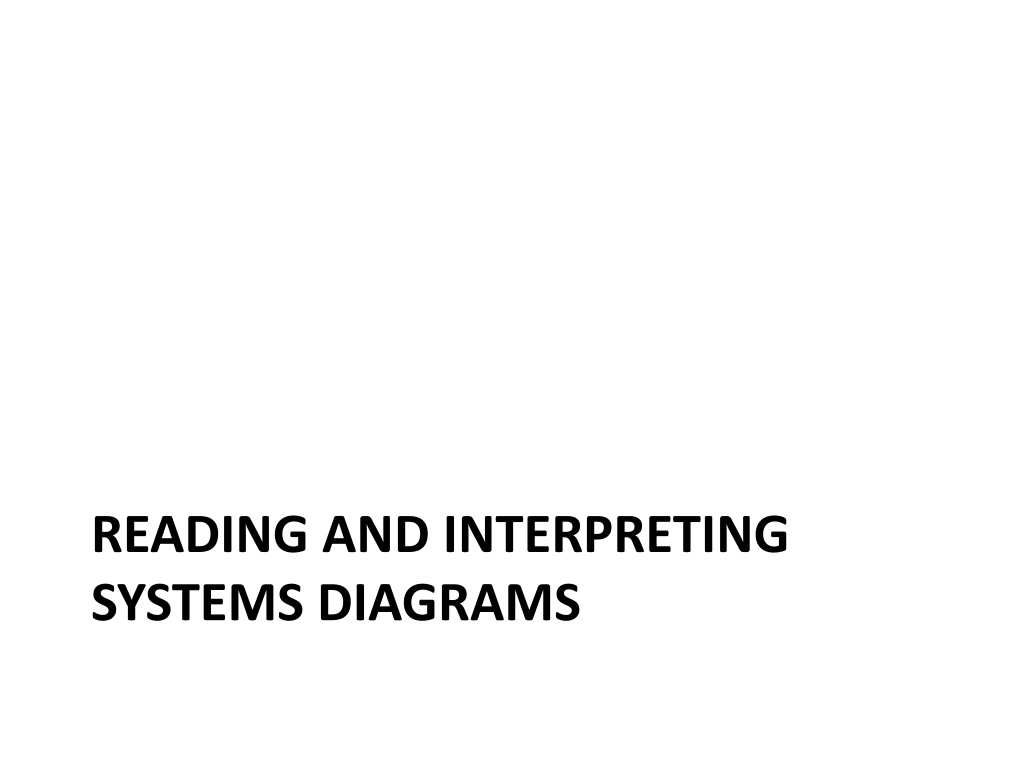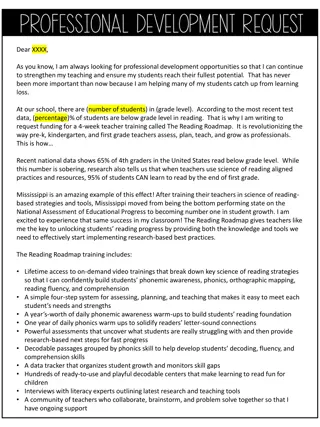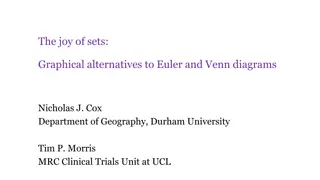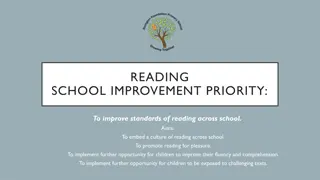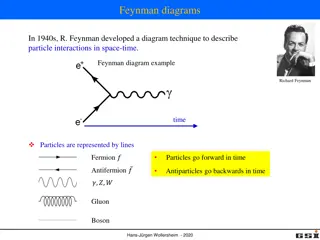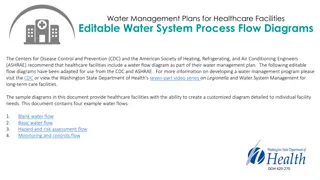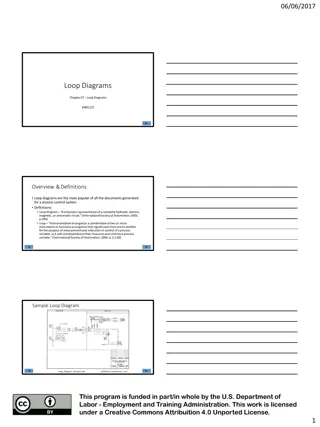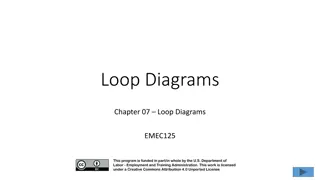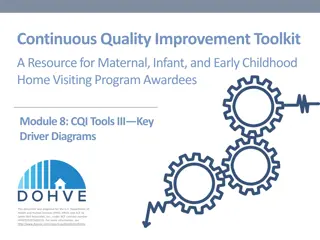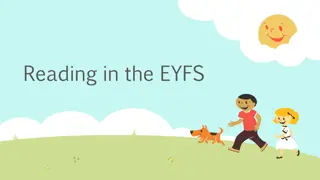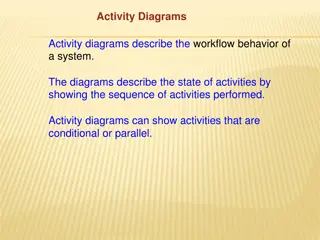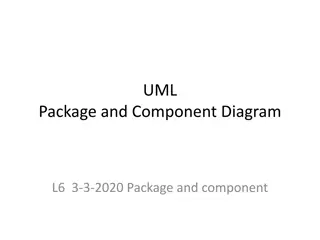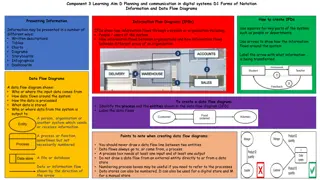Reading and Interpreting Systems Diagrams
This diagram illustrates relationships between factors influencing erosion in agricultural systems, highlighting cause-and-effect relationships and types of relationships. Understanding these connections is crucial for managing agricultural ecosystems sustainably and mitigating erosion risks in response to changing environmental conditions.
Download Presentation

Please find below an Image/Link to download the presentation.
The content on the website is provided AS IS for your information and personal use only. It may not be sold, licensed, or shared on other websites without obtaining consent from the author. Download presentation by click this link. If you encounter any issues during the download, it is possible that the publisher has removed the file from their server.
E N D
Presentation Transcript
READING AND INTERPRETING SYSTEMS DIAGRAMS
This diagram illustrates relationships between factors that influence erosion in agricultural systems Runoff + + - Erosion Precipitation - + Crop Yield Modified from: Pruski, F. F., and M. A. Nearing, 2002, Climate-induced changes in erosion during the 21st century for eight U.S. locations, Water Resour. Res., 38(12), 1298, doi:10.1029/2001WR000493.
The direction of the arrows indicates cause and effect relationships Runoff Erosion Precipitation Crop Yield (diagram modified from Pruski and Nearing, 2002)
For example, this arrow tells us that changes in precipitation cause changes in runoff Runoff Precipitation (diagram modified from Pruski and Nearing, 2002)
If it were pointing the other way, that would mean that changes in runoff cause changes in precipitation. This doesn t make much sense! Runoff X Precipitation (diagram modified from Pruski and Nearing, 2002)
But, the direction of the arrows doesnt tell us how a factor impacts other factors. Runoff Erosion Precipitation Crop Yield (diagram modified from Pruski and Nearing, 2002)
The + and signs indicate what type of relationship exists between the factors. + = positive relationship - = negative relationship Runoff + + - Erosion Precipitation - + Crop Yield (diagram modified from Pruski and Nearing, 2002)
A positive relationship means that a change in one factor causes an effect on another factor in the same direction. Runoff + + Erosion Precipitation + Crop Yield (diagram modified from Pruski and Nearing, 2002)
For example, this arrow indicates that an increase in precipitation causes an increase in runoff AND a decrease in precipitation causes a decrease in runoff Runoff + Precipitation (diagram modified from Pruski and Nearing, 2002)
A negative relationship means that a change in one factor causes an effect on another factor in the opposite direction. Runoff - Erosion - Crop Yield (diagram modified from Pruski and Nearing, 2002)
For example, this arrow indicates that an increase in crop yield causes a decrease in erosion AND a decrease in crop yield causes an increase in erosion Erosion - Crop Yield (diagram modified from Pruski and Nearing, 2002)
So, we can use this diagram to describe relationships between factors that influence erosion in agricultural systems and predict how changes in one factor will influence other factors. Runoff + + - Erosion Precipitation - + Crop Yield (diagram modified from Pruski and Nearing, 2002)
